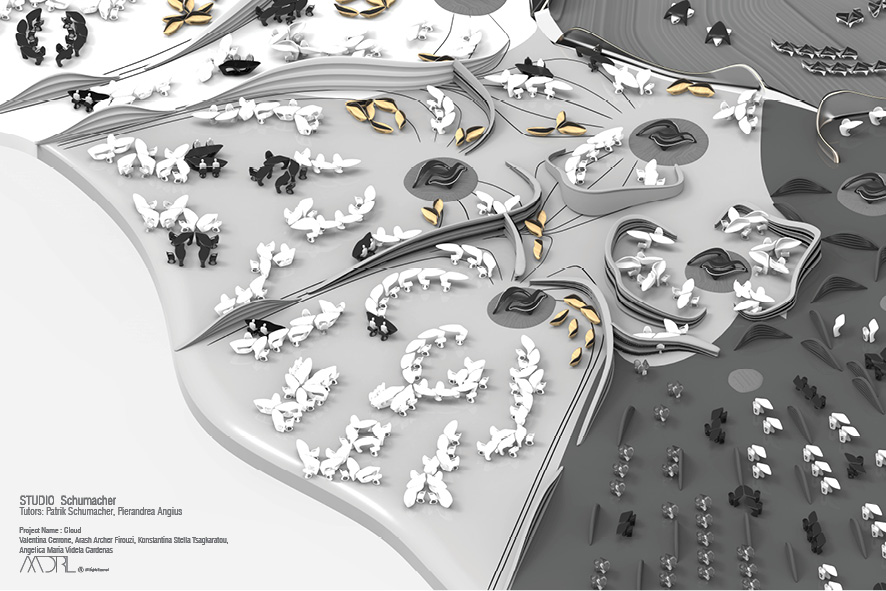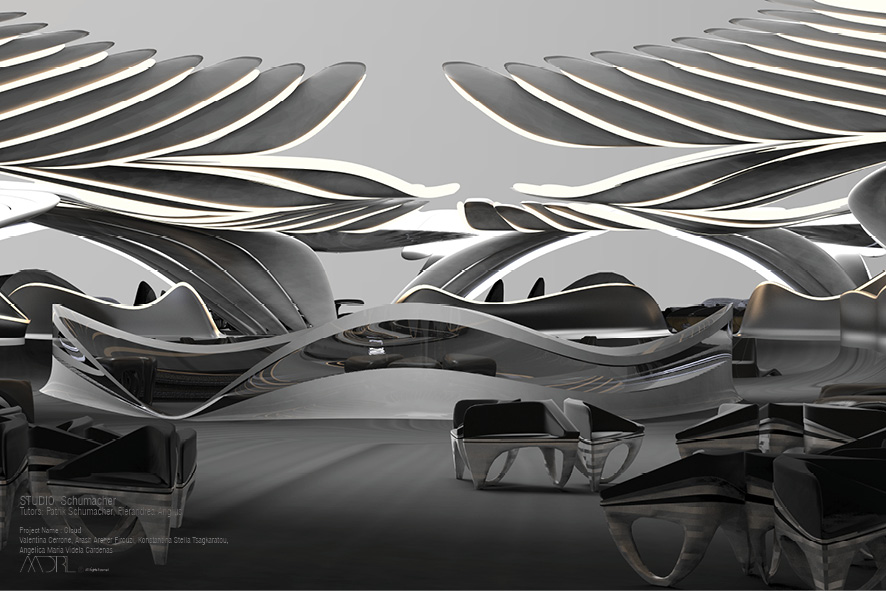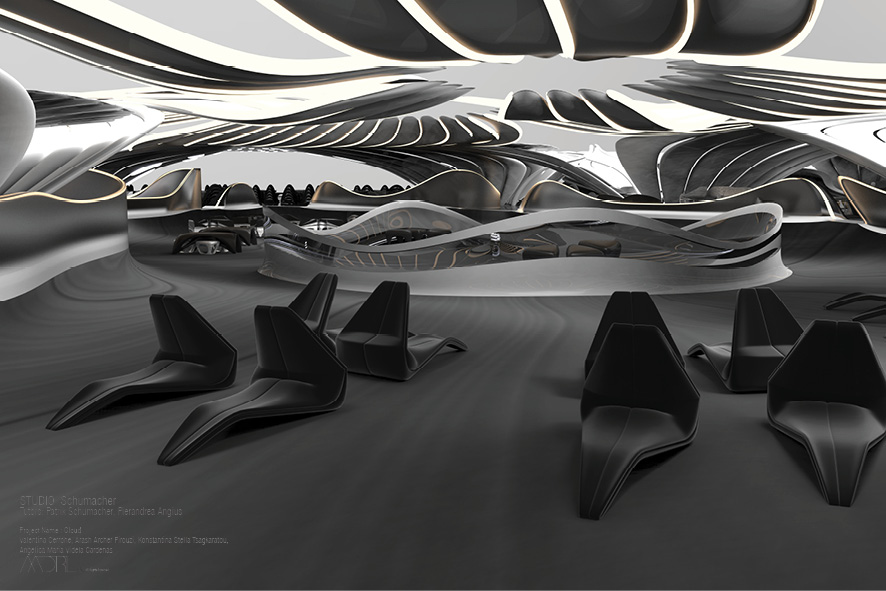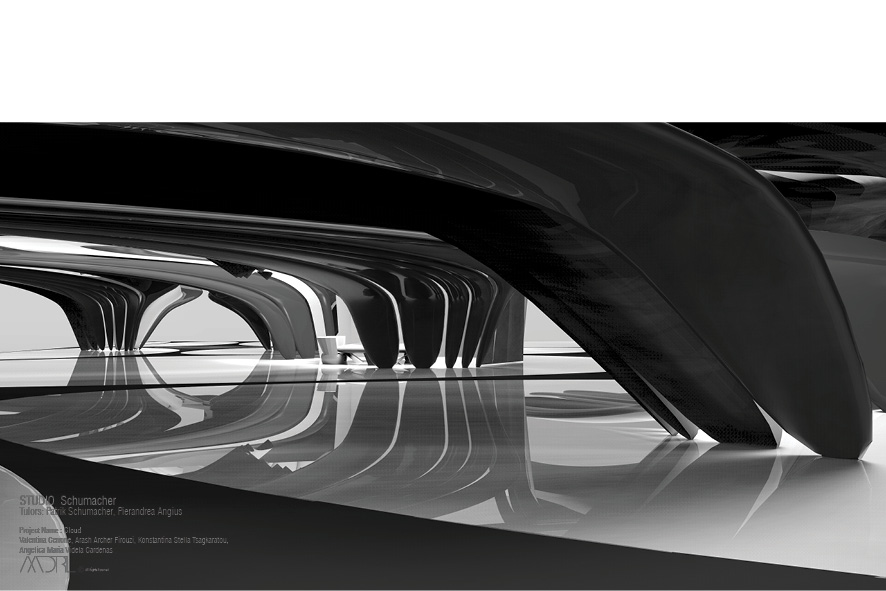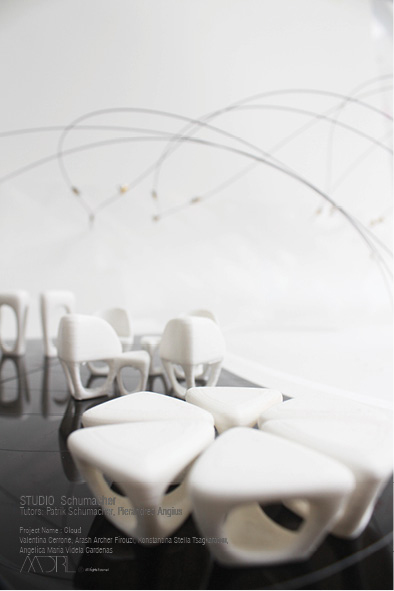Constructing agency 2016-2018
SEMI-FFICE
Studio Patrik Schumacher
Tutor Pierandrea Angius
Team Sareh Mirseyednazari (Iran), Rajat Sanghvi (India), Cherylene M. Shangpliang (India)
Our thesis is focused on communication driven intelligent environments within a start-up culture. Our proposal aims to create a constellation of elements that we infiltrate the start-up incubator with, with an interest in creating a communicative dialogue between users and the architecture and investigating their negotiation patterns.
With this objective in mind, we will be looking at developing an information-rich interface
of communication through the organizational, phenomenological and semiological
aspect of information which is both navigable and legible with an intended use of
generalized crowd modelling (life-process modelling) which will bring the meaning of the
designed spaces, designated functions and interaction processes into the design
scenario. To further our application of Semiology into the design vehicle of the office space, it is important to recognize the need of creating a Semiological project which will comprise of an amalgamation of sub-systems that co-exist together providing the user with a multitude of information. Some of the sub-systems that are analysed in this research
project involve generative strategies of organization such as magnetic field lines, interior
elements such as ceiling and floor, partition walls and furniture which consists of
configurations, surface treatment, materiality and colour, as well as properties of space
such as light. A combination of these sub-systems is more appropriate in making the
architectural space completely legible, as each system on its own is too complex to be
broken down into specific messages.
In order to become completely legible, the user’s fast and comprehensive
understanding of the sub-systems as a communicative whole is essential. The process
of way-finding within this dynamic functional environment is achieved through the
development of a user manual/guide which consists of elements articulated within the
designed territory and the specific meanings they impart. The user manual which
highlights distinctions between the signifier (components) and signified (meaning) will
serve as the guiding factor in assisting the navigation of the user within the designed
space. The advantage of a matrix of information is its combinatorial power allowing for
the creation of an information-rich environment that informs the users about the nature
of interaction within the space.
The task of architectural semiology as our design agenda, therefore, is to go beyond the
spontaneous semiosis that every talented designer navigates intuitively, and build up a
more complex and precise system of signification.




